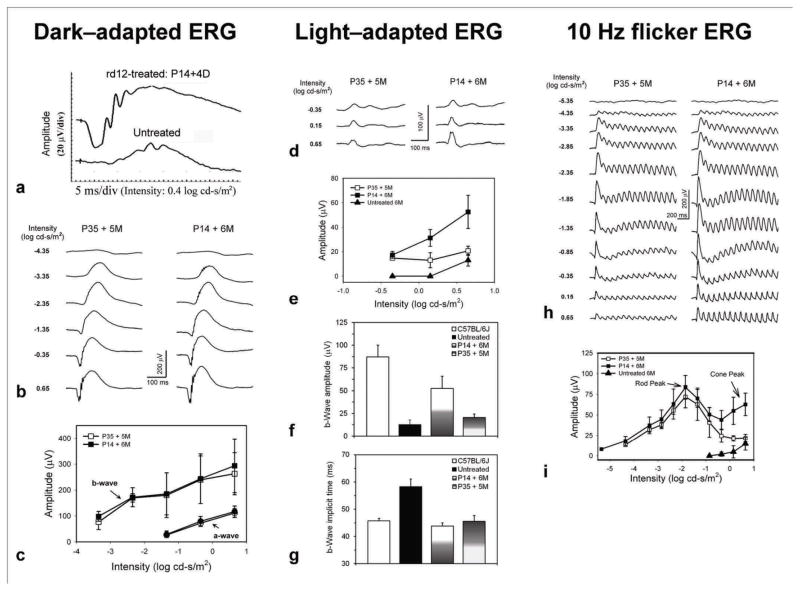Figure 2. Comparison of rod- and cone-driven functions in rd12 mice after early P14- or late P35-subretinal deliveries of a scAAV5-smCBA-hRPE65 vector.
The left, middle and right columns show dark-adapted, light-adapted and 10 Hz flicker ERGs respectively. P14 treatment resulted in functional rescue to rod system as early as 4 days post injection (a). Representative dark-adapted ERGs recorded at 6 or 5 months after P14 ( left eye) and P35 (right eye) treatment showed robust restoration of the rod system functions (b and c), as indicated by significant increases of both a- and b-wave amplitudes (c) relative to untreated controls which had minimal responses. For the light-adapted ERG, P14-treatment significantly improved the b-wave amplitudes to a level about 60% of normal uninjected controls (d, e and f); whereas P35-treatment did not result in significant b-wave amplitude increase compared to untreated rd12 mice (f). Light-adapted ERG showed that both P14- and P35-treatments significantly reduced the delayed b-wave implicit time to normal levels (g). Both representative (h) and statistical (i) data from 10 Hz flicker ERGs.

